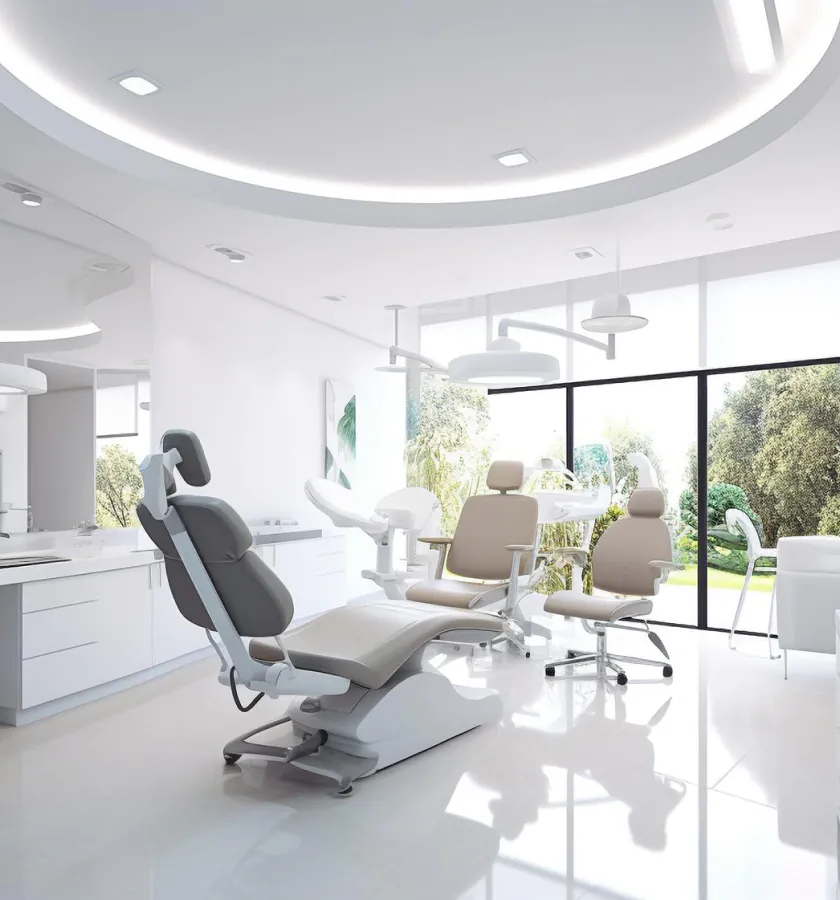The comfort and safety of our patients is our top priority at Specialty Dental Care. We go to great lengths to ensure that the people who walk through our doors leave as satisfied and comfortable as possible. One of the ways we can do this is through sedation dentistry.
Many oral surgeries and periodontal procedures require the patient to undergo sedation of some form. Depending on the invasiveness of the surgery, dental sedation can vary in levels of strength ranging from minimal to the use of general anesthesia.
Sedation Dentistry for Dental Phobia and Anxiety
Approximately 15% of Americans suffer from some form of dental phobia or anxiety. Dental anxiety presents itself as a nervousness or unease when visiting the periodontist, often accompanied by significant fears. Dental phobia, however is more intense than dental anxiety. In fact, it is often described as a paralyzing fear of visiting the dentist or periodontist, for any reason. The dread can be so great that patients will often suffer through the pain and consequences of advanced periodontal disease, causing severe long-term damage.
Dental sedation can offer some relief to patients suffering from dental anxiety or phobia. Generally, dental anxiety is treated with minimal sedation, usually in the form of nitrous oxide, or “laughing gas.” Nitrous oxide is capable of significantly lowering anxiety levels, allowing periodontists to give the patient the treatment he or she needs.
Types of Dental Sedation
Dental sedation can be delivered to the patient in a variety of ways. Each form of delivery provides different strengths of sedation and levels of alertness.
Nitrous Sedation
Often referred to as “laughing gas,” nitrous oxide is used for both children and adults with mild levels of anxiety. Mixed with oxygen and breathed in through a small mask, nitrous oxide allows patients to relax and often results in a safer, more comfortable procedure.
Oral Sedation
Ranging in strength from minimal to moderate, oral sedation comes in the form of a pill or a liquid. Because minimal sedation can be achieved, this is also a good option for the treatment of dental anxiety. If needed, the dosage can be adjusted to achieve moderate sedation, which can induce grogginess and even light sleep.
Intravenous Sedation
Intravenous (or IV) sedation is the next level of sedation, and generally produces a moderate effect. The patient is often described as being “semi-conscious” during the procedure, which means that he or she will be able to respond to stimulation and verbal commands, but little else. Patients who undergo IV sedation have little to no memory of the procedure, and require a small amount of recovery time before they are allowed to leave the facility.
General Anesthesia
General anesthesia is the most intense level of sedation, and is usually reserved for more invasive types of oral surgery. While a patient is under general anesthesia, he or she will be asleep for the entirety of the procedure, and will not wake up until the effects have worn off or have been reversed by medication.
While this is not something that we provide here at our office, Dr. McVaney is certified to perform surgeries at facilities that accommodate general anesthesia procedures, should a case call for it.
Sedation Dentistry in Omaha, Nebraska
Dr. McVaney and the team at Specialty Dental Care have years of experience with the varying levels of dental sedation available for the comfort and safety of our patients. We know the value of having happy, educated patients, and encourage you to contact us with any questions you might have about the types of dental sedation available to you.
Here is our FAQ on Periodontal Disease
- What is Sedation Dentistry? What Types of Sedation Dentistry Exist?
- Is Sedation Dentistry Covered by Insurance?
Contact Us or Schedule an Appointment Today!


